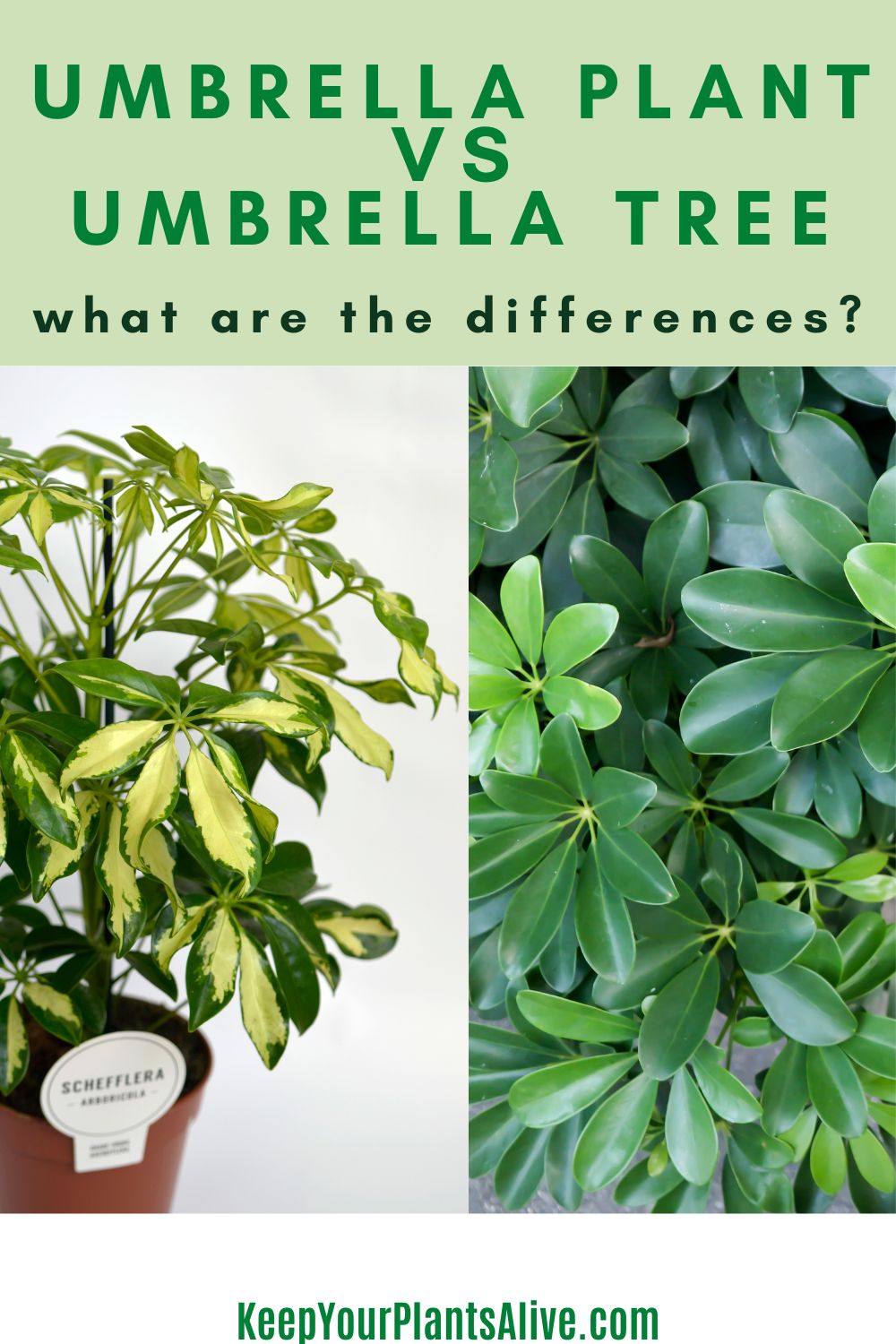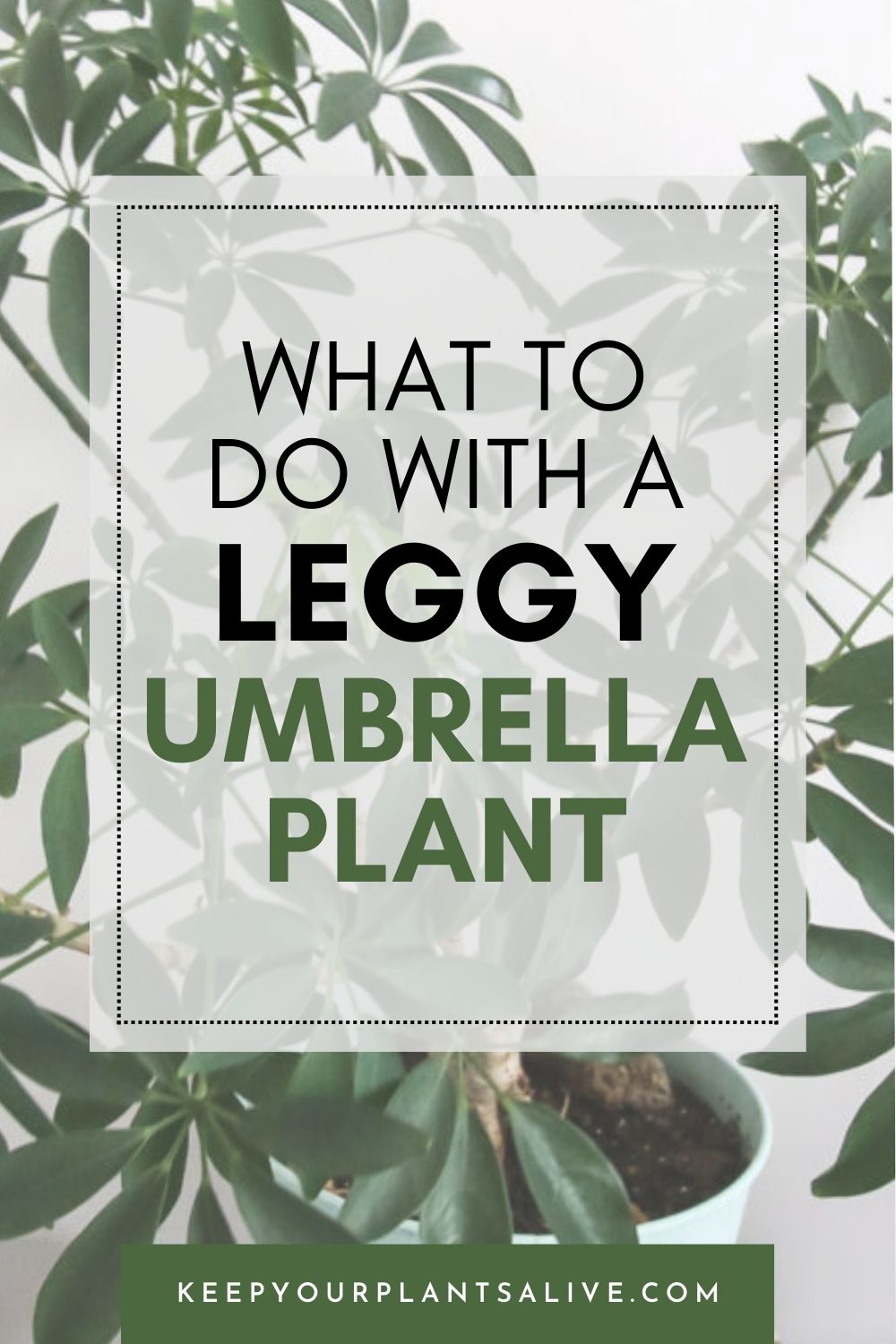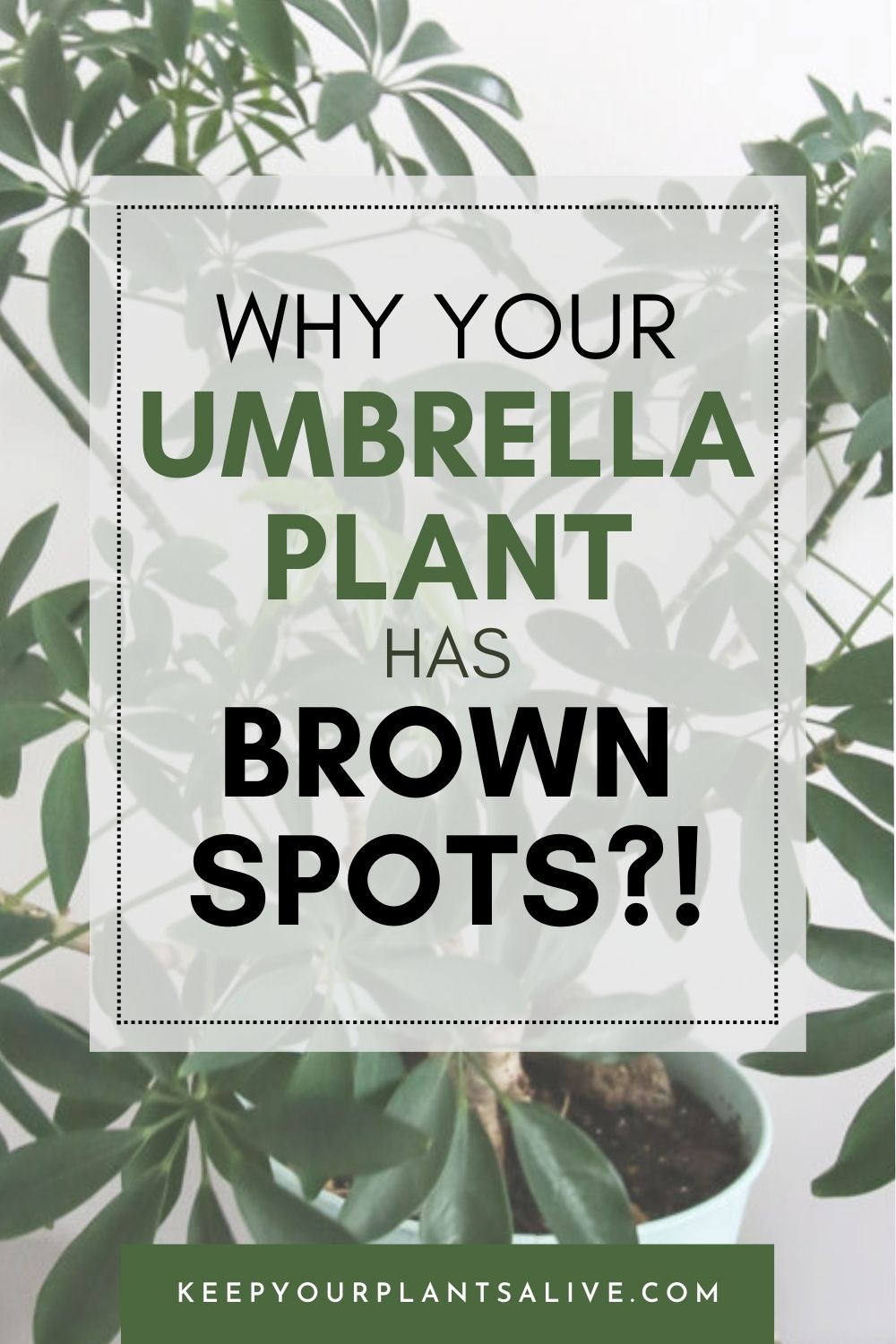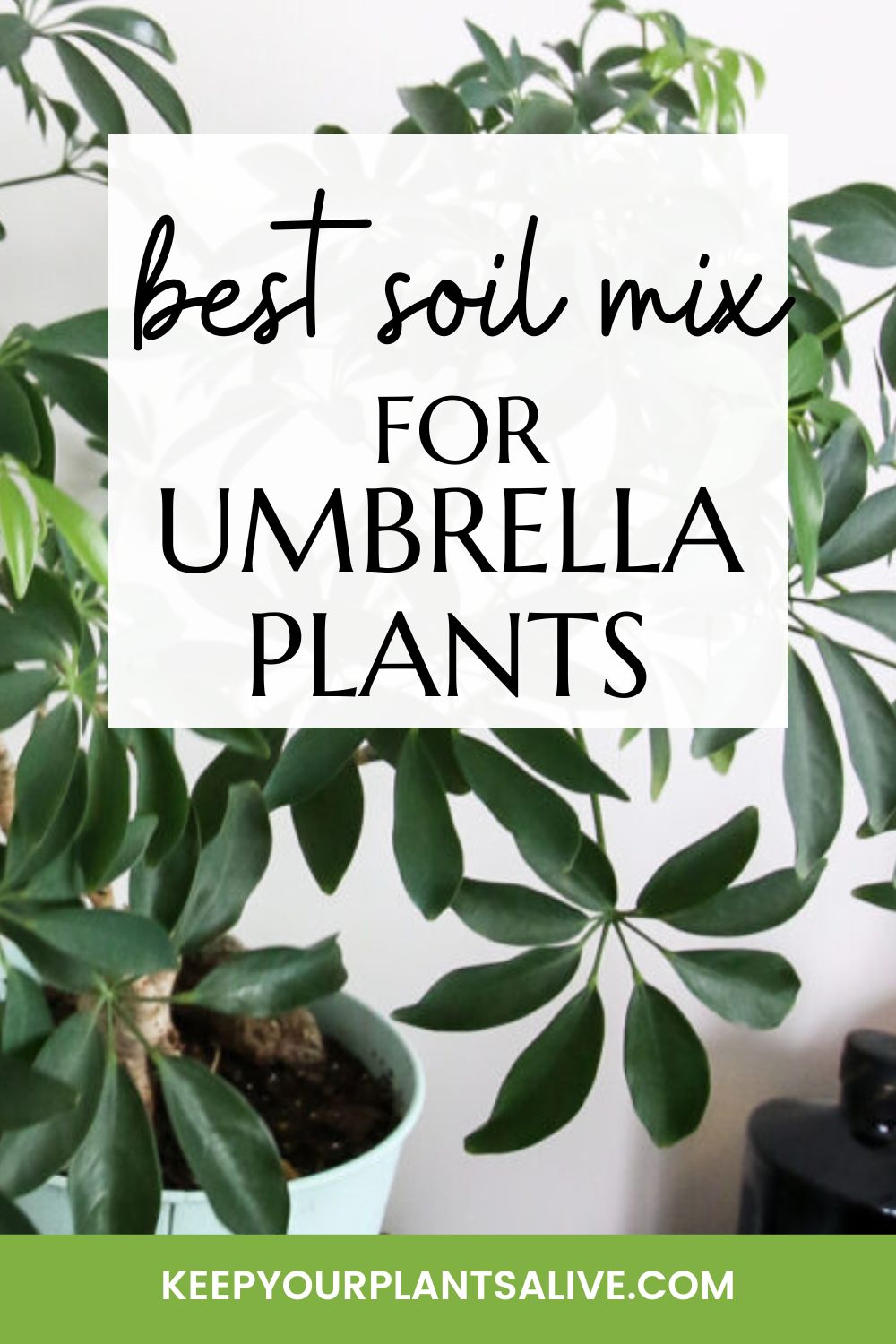Want to keep your umbrella plant healthy and happy? Here's everything you need to know about applying fertilizer for umbrella plants!
Umbrella plants are a super popular houseplant option. They have a gorgeous tree-like shape and clusters of long, glossy leaves.
Plus, umbrella plants are super easy to care for and keep happy!
But what if this is your first time handling such a plant? There are a few aspects to keep in mind, and these include water needs, light needs, soil requirements, nutrients (fertilizing), and frequent pest checks. And today, we’ve decided to dive into the fertilizing requirements.
Choosing the proper Schefflera plant fertilizer can be challenging, especially if you are new to gardening.
But don’t worry- this guide contains all you need to know about the fertilizer you must choose and how well you should use it to keep your plant thriving. So, let’s get started!
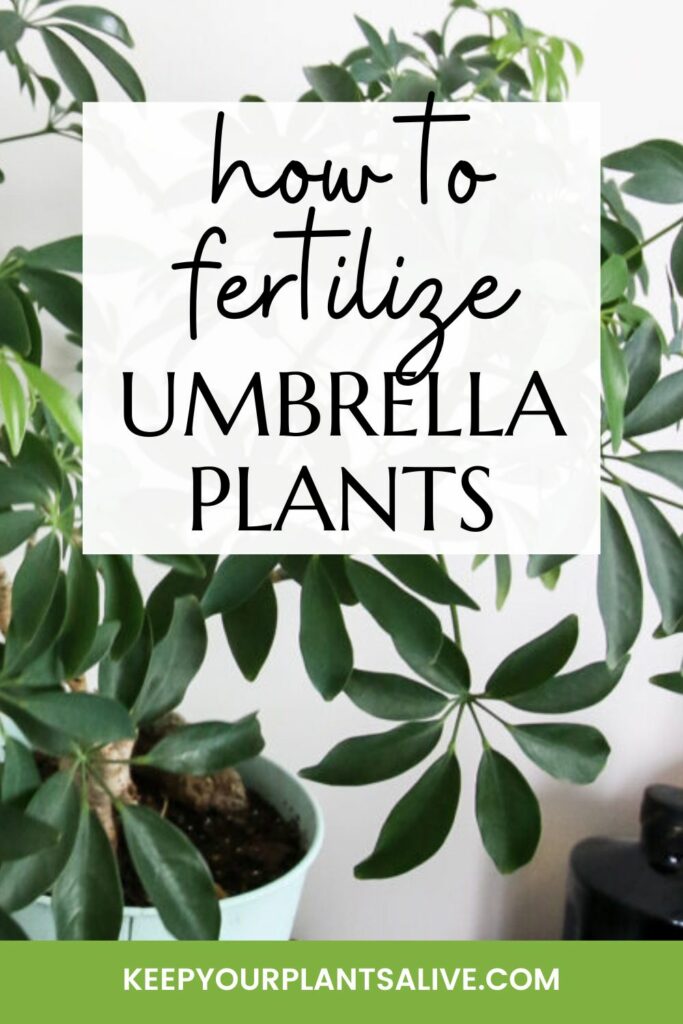
Want more umbrella plant content?
- Umbrella plant care guide
- How to propagate an umbrella plant
- Why is my umbrella plant dying?!
- Are umbrella plants toxic?
- When to repot an umbrella plant
- Can an umbrella plant live outdoors?
- Why is my umbrella plant dropping leaves?
- Why is my umbrella tree turning black?
- Why is my umbrella plant getting yellow leaves?
- Why are my umbrella plant leaves turning brown?
- Why does my umbrella plant have sticky leaves?
- Why is my umbrella plant wilting?!
- How to train your umbrella plant to grow in a specific direction
Printable Umbrella Plant care guide
Join the (free!) KeepYourPlantsAlive+ community to access this exclusive printable plant care guide! Once you sign up, you can right click & save the JPG care guide. Or keep scrolling for more!
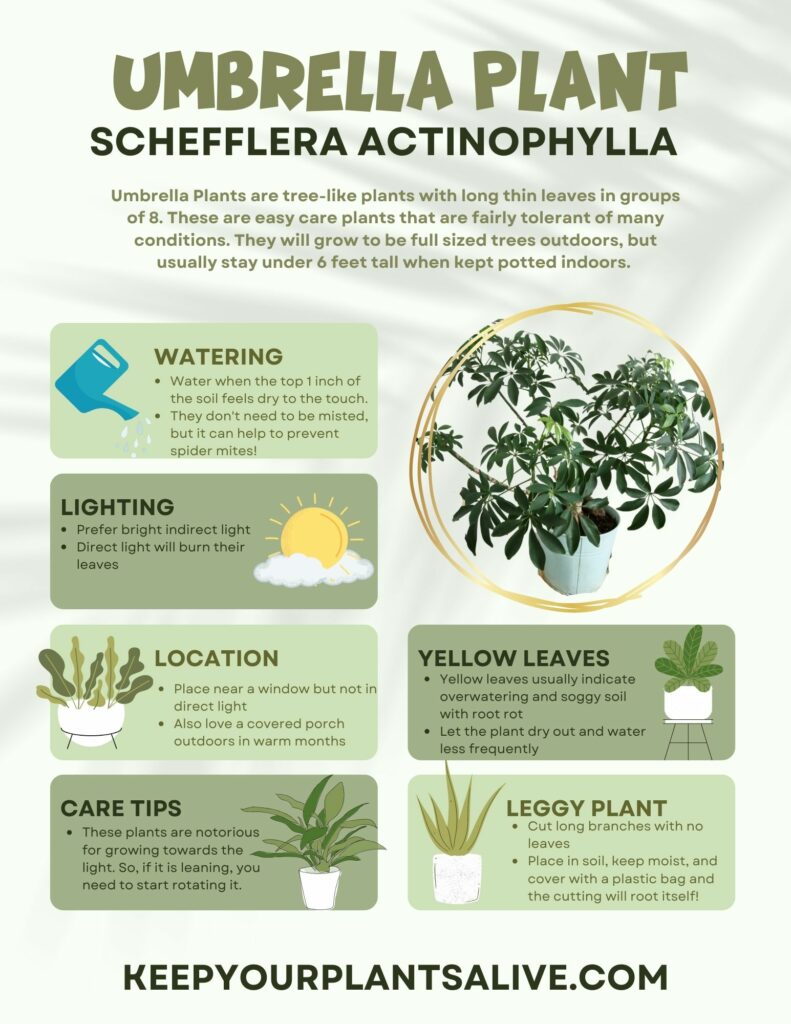
Understanding the needs of an umbrella plant
The umbrella plant has a few specific needs when it comes to choosing a good fertilizer. Generally speaking, you need to look for a balance of nutrients to keep the plant happy, healthy, and thriving.
Overall, most plant fertilizers have three main compounds – potassium, nitrogen, and phosphorus. They also have smaller amounts of magnesium, iron, and manganese.
Nitrogen is the key element of a good Umbrella plant fertilizer. It supports healthy growth, boosts the plant’s health, and promotes root development. In combination with potassium and phosphorus, it keeps the greenery vibrant and shiny.
As with many types of plants, here are more than a few umbrella tree sub-types. All of them have their unique beauty and charm, but some of them have different umbrella tree care requirements.
Luckily, when looking into plant fertilizer requirements, the formula is almost always the same.
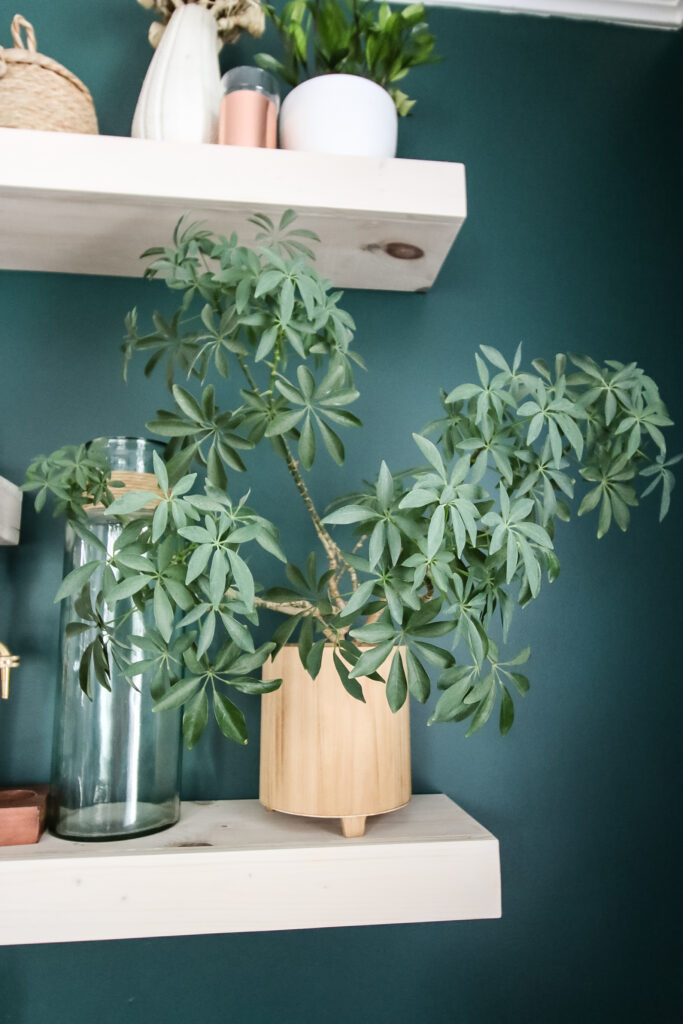
How to know when to apply plant fertilizer?
Always, and most importantly – check your timing. While the shrub is still actively growing, you can fertilize it about once a month.
This happens in the warmer months, which means during spring and summer.
Once the plant becomes dormant in the colder months, there is no need to add fertilizer as often.
Keep a close eye on how the umbrella tree adapts to the colder weather and take it from there – if you notice a need for some extra nutrients, go for it!
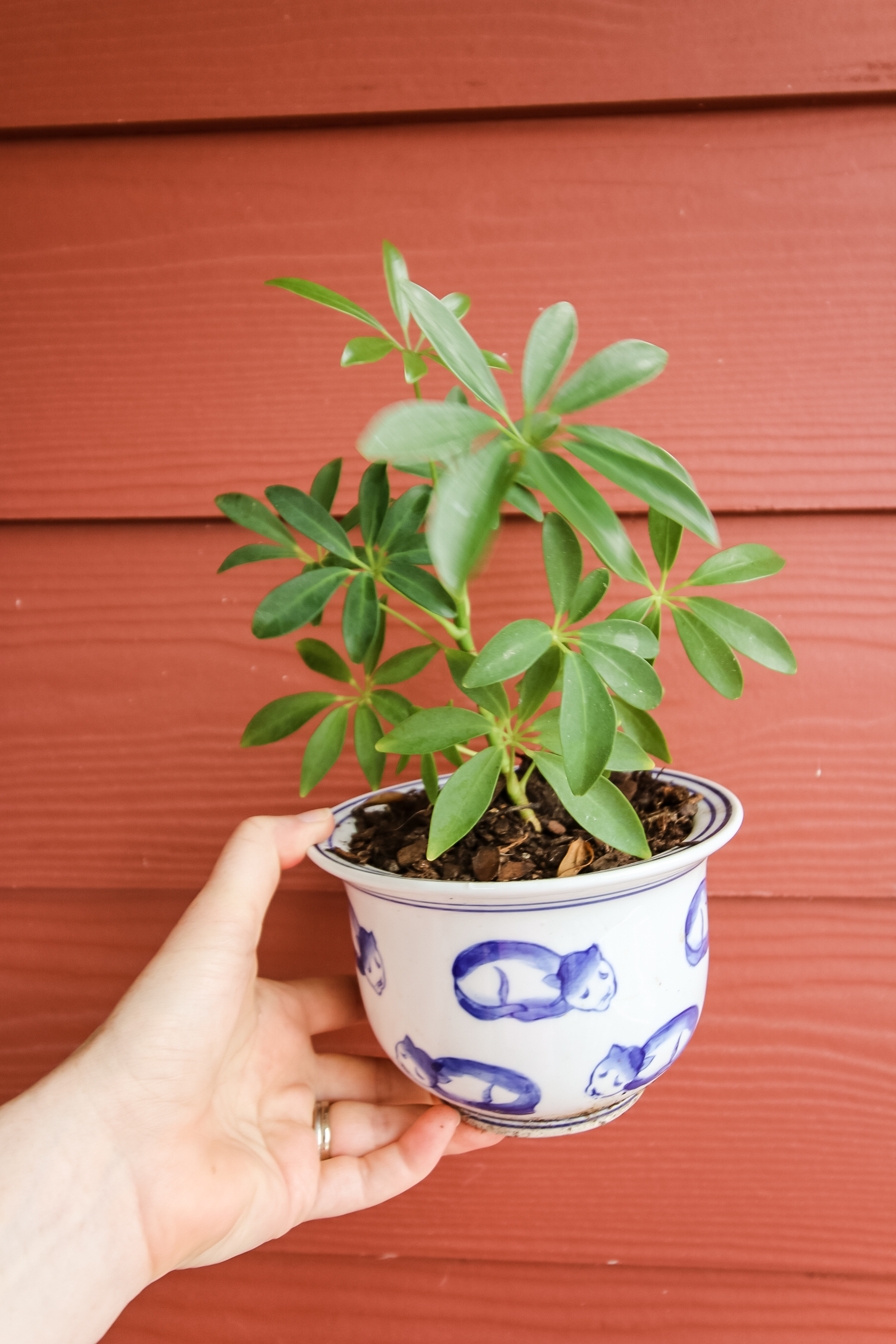
What fertilizer to use on umbrella plants
First things first, you need to select the proper fertilizer that will satisfy the plant’s need for nutrients.
Start by looking into some liquid fertilizers and carefully read the content section. Ensure they have nitrogen, potassium, and phosphorus.
Here are some of my favorite houseplant fertilizers:
Don’t use undiluted fertilizers– read the instructions on the front/back of the label, and don’t skip them!
They contain some valuable information that will be crucial for your plant’s health.
You need to dilute the plant fertilizer as per the instructions given and add it to your umbrella tree as frequently as the label indicates.
Usually, it is recommended to add fertilizer every 2-4 weeks.
Typically, you have to apply fertilizer carefully and only at the base of the plant. Avoid getting in touch with the leaves while doing this, as it can result in some long-term damage.
If you want to avoid burnt foliage, then allow for the roots (and the roots only) to absorb the nutrients from the umbrella plant fertilizer.
Checking the soil's moisture level before applying the fertilizer is another key step you should not skip. And remember- the soil should neither be extremely wet nor dry. Adding fertilizer to wet soil can cause root rot.
During the summer months, when you add umbrella plant fertilizer frequently, make it a habit to "wash" the soil at least once a month.
For those who don’t know how to do this, put the pot under running water and allow the water to exit from the drainage holes. This practice removes the salt that is built up in the soil, maintaining the perfect balance for your plant.
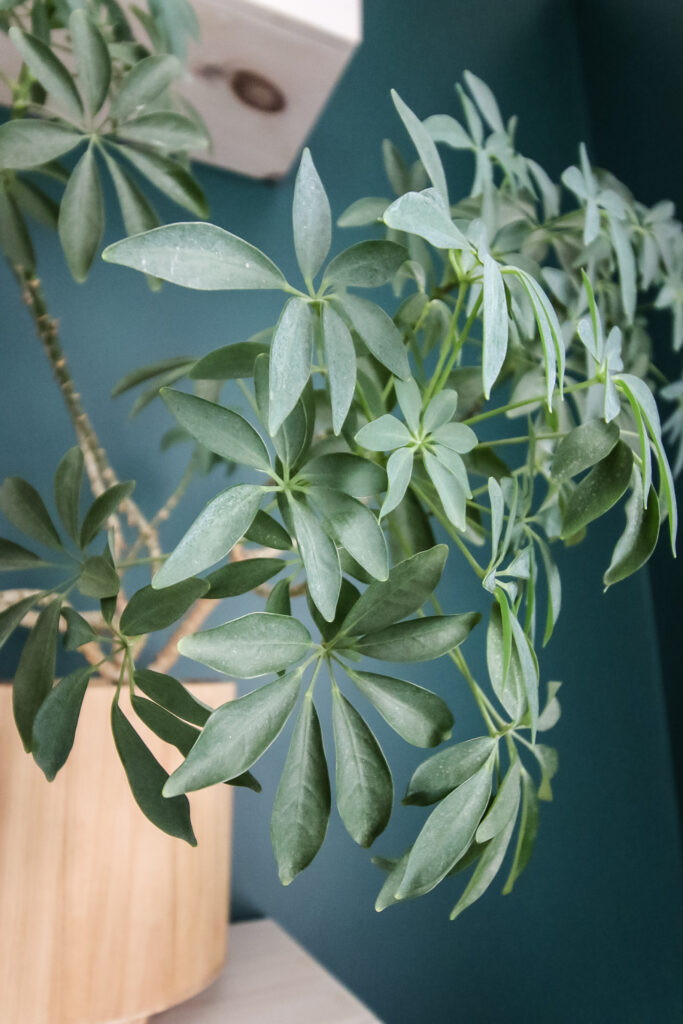
Always look after your plant
And like any other task, fertilizing an umbrella tree comes with some challenges. There are many aspects to consider, and the last one is checking on your plant to see if it’s making progress or not.
After the first fertilizing schedule, it should show some vibrant growth and new bushy foliage. The branching should increase, giving way for the plant's wonderfulness to shine through.
If you notice anything negative, such as stunted growth, change of color in the leaf, and a wilting plant, then adjust the dilution and time of fertilization accordingly.
Nothing is worse than giving your plant too much of anything because it can lead to dreadful side effects.
Getting to know your umbrella tree is a process – it doesn’t happen overnight.
Over the course of the first few months after getting it, you will change its position in the home, searching for the perfect thriving spot.
In addition, you should also learn about its water requirements and research more than a few fertilizers before you choose the ideal one.
Last but not least – remember that every plant has a unique set of requirements, which will affect your plant fertilizer choice. Be wise when purchasing yours, and enjoy your umbrella tree in its full glory!
Any more questions about the best fertilizers for umbrella plants?
Thanks for reading!


Hey there, I'm Morgan, a houseplant enthusiast from sunny Charleston, South Carolina. Growing up surrounded by my mom's lush orchids and African violets, I discovered the magic of bringing nature indoors. Thanks to the pandemic, I delved deeper into houseplants, discovering their power to uplift moods and transform spaces. I'm here to spill all my secrets, helping you pick the perfect houseplant - and make it happy. Let's keep your plants alive, together! 😊

